The Jaialdi Festival in Boise, Idaho is the biggest Basque party in the United States. This celebration of food, dancing, music and sports is an extravaganza of Basque culture.
It’s a six-day celebration July 29 to August 3. Normally it’s held every five years, but because of the pandemic, the festival took a 10-year hiatus. It’s always scheduled around July 31, the Catholic feast day of San Inazio, the patron saint of Boise’s Basque community.
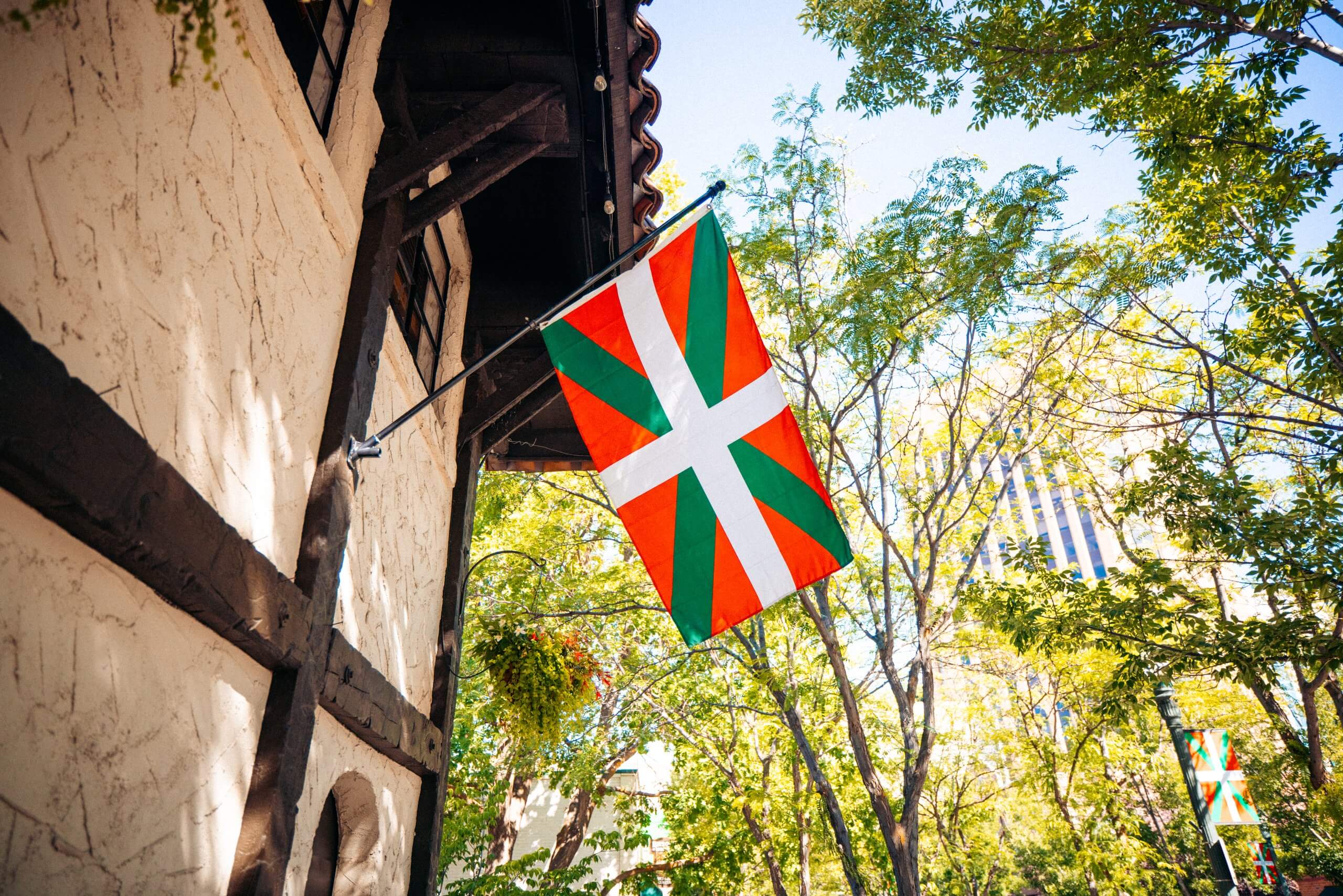
Get to Know the Festival
It starts slow, on Tuesday and Wednesday evenings with music, dance, food and drinks on the Basque Block in downtown Boise. It picks up speed as it continues Thursday and Friday throughout the day and evening on the Basque Block. It ends with a bang all weekend long at the 240-acre Expo Idaho, with cultural dance and music performances, sports competitions and an exhibition of sheep wagons, plus the sale of handicrafts and souvenirs.
Every Jaialdi, the local committee brings bands, folk dance groups and athletic teams from the Basque Country. One of the most popular events is Thursday’s Sports Night at the Idaho Central Arena, where professional athletes show off “herri kirolak” or rural sports, strenuous competitions that originated in farm jobs like chopping wood, lifting wagons and pulling hay bales. Some of the competitions will be repeated at Expo Idaho.
Besides Sports Night, two other special events at Idaho Central Arena are worth attending: Festara, a Friday night show of professional dancers that includes Boise’s Oinkari Dancers and groups from the Basque Country, and Dantzaldi, an all-ages concert with Basque and Basque-American bands on Saturday.
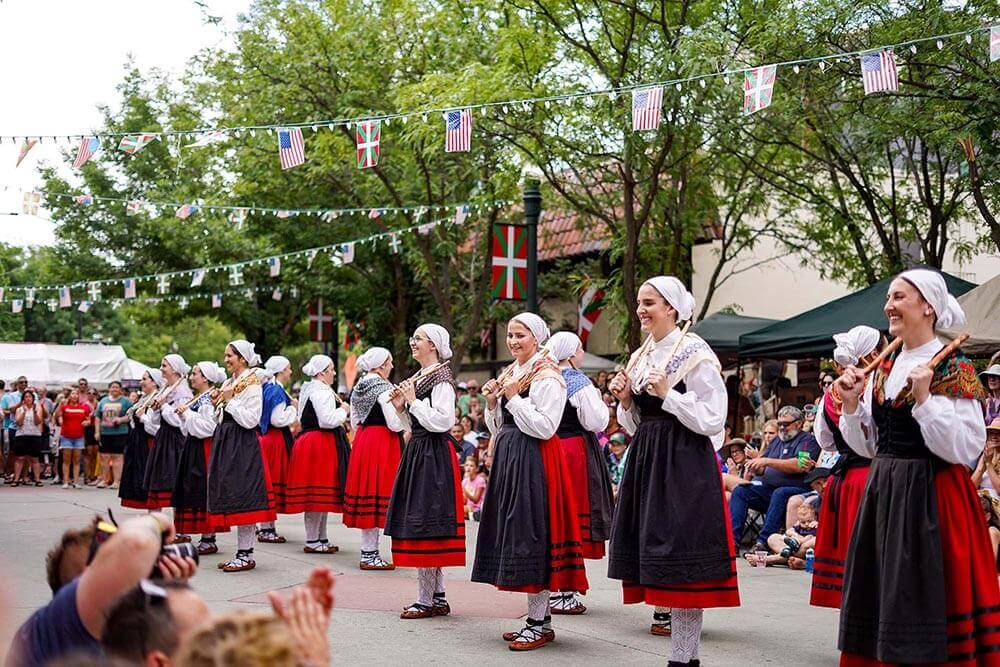
My favorite events are the street dances on the Basque Block, which take place Thursday and Sunday nights. The local Basque American band Amuma Says No joins with Basque Country bands to provide dance music for free. You might even learn some steps to a Basque dance.
Who are the Basques, you may ask? They are a unique group of people from a region of Spain and France where the Pyrenees Mountains meet the Cantabrian Sea. They speak Euskara, which is the oldest language of Europe and does not resemble any other neighboring language.
How Did the Basques End Up in Idaho?
Basques began arriving in the western U.S. after the Gold Rush, like other immigrant groups, and soon found a niche in the sheep industry. During the 1900s, poor economic conditions in their homeland pushed them to migrate in greater numbers to work as sheepherders. They quickly earned a reputation among employers as hardworking and honest.
Basque neighborhoods typically sprouted near train depots where the young men got off the trains that brought them west, including Boise and many other towns of southern Idaho. Enterprising Basques opened boardinghouses to feed and house all these new arrivals.
Several boardinghouses lined the street that became the Basque Block in 2000. During Jaialdi, consider visiting the country’s only Basque Museum, which includes the historic Cyrus Jacobs-Uberuaga House, a former boardinghouse decorated in the style of that era.
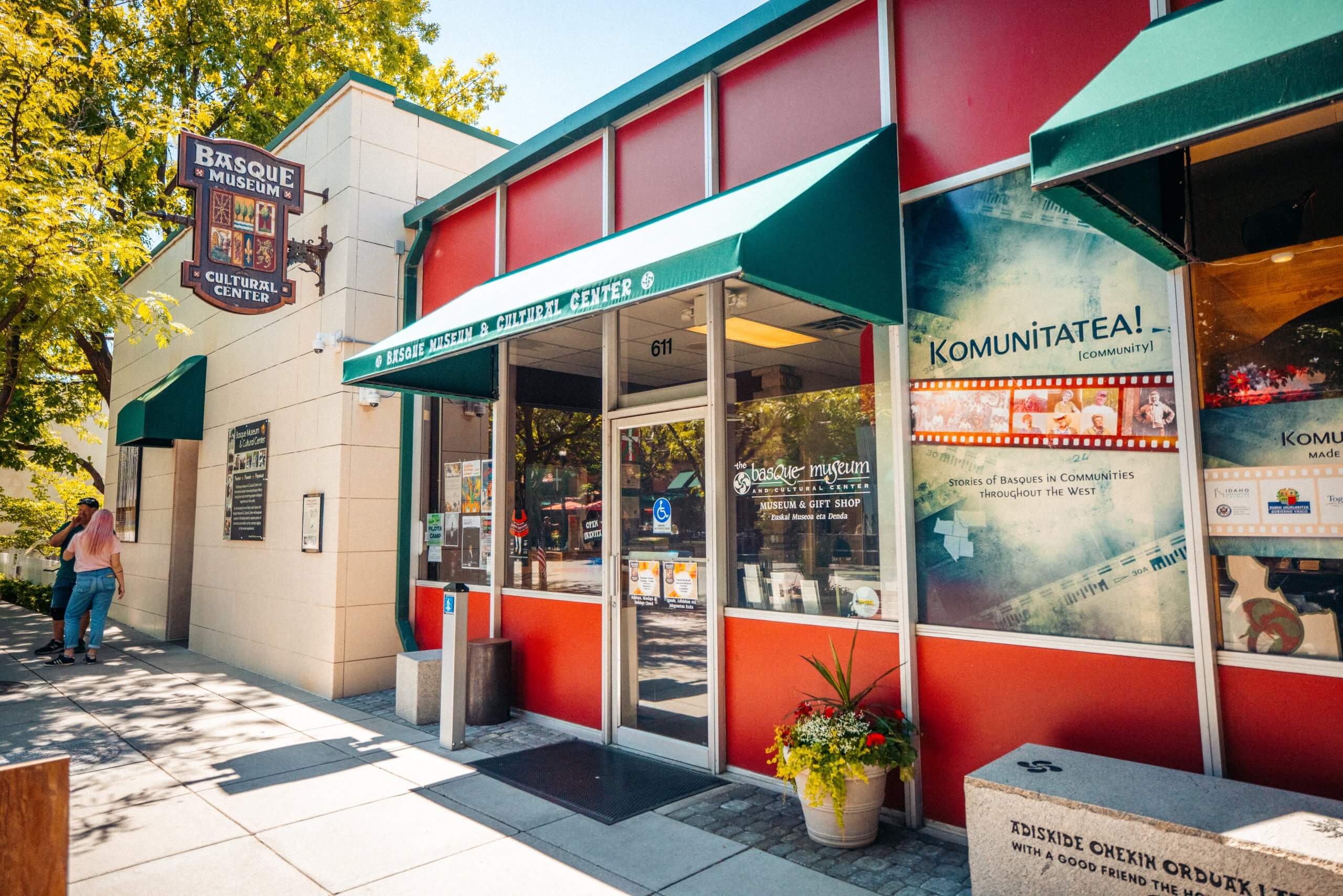
Another historic building on the block is the Anduiza boardinghouse (608 W. Grove St.), which includes a handball court, where games will be played all week long. Handball is the national sport of the Basques. Spectator space in the fronton building is tight, so the better viewing spot will be the main hall at the Basque Center (601 W. Grove St.) where the games will be streaming and people can take a few minutes to sit and chat. The center also has a bar that will be open to the public.
The Basque Block, with its outdoor party atmosphere, is guaranteed to be fun. Some of the food items to look forward to there are:
- Kroketas (croquetas) – fried balls of flour, milk and butter flavored with ham or cod fish
- Paella – a rice dish that typically includes shrimp, mussels, chicken or chorizo.
- Solomo sandwiches – marinated pork loin sandwiches
- Chorizo – Basque sausages
You can also get a bite at some of the nearby Basque eateries. On the block, there’s The Basque Market serving bite-sized pintxos and drinks, Bar Gernika, a small tavern with Basque bar food, and Leku Ona, a fine dining establishment. Also, just a block away is Ansots, a casual place specializing in Basque sausages.
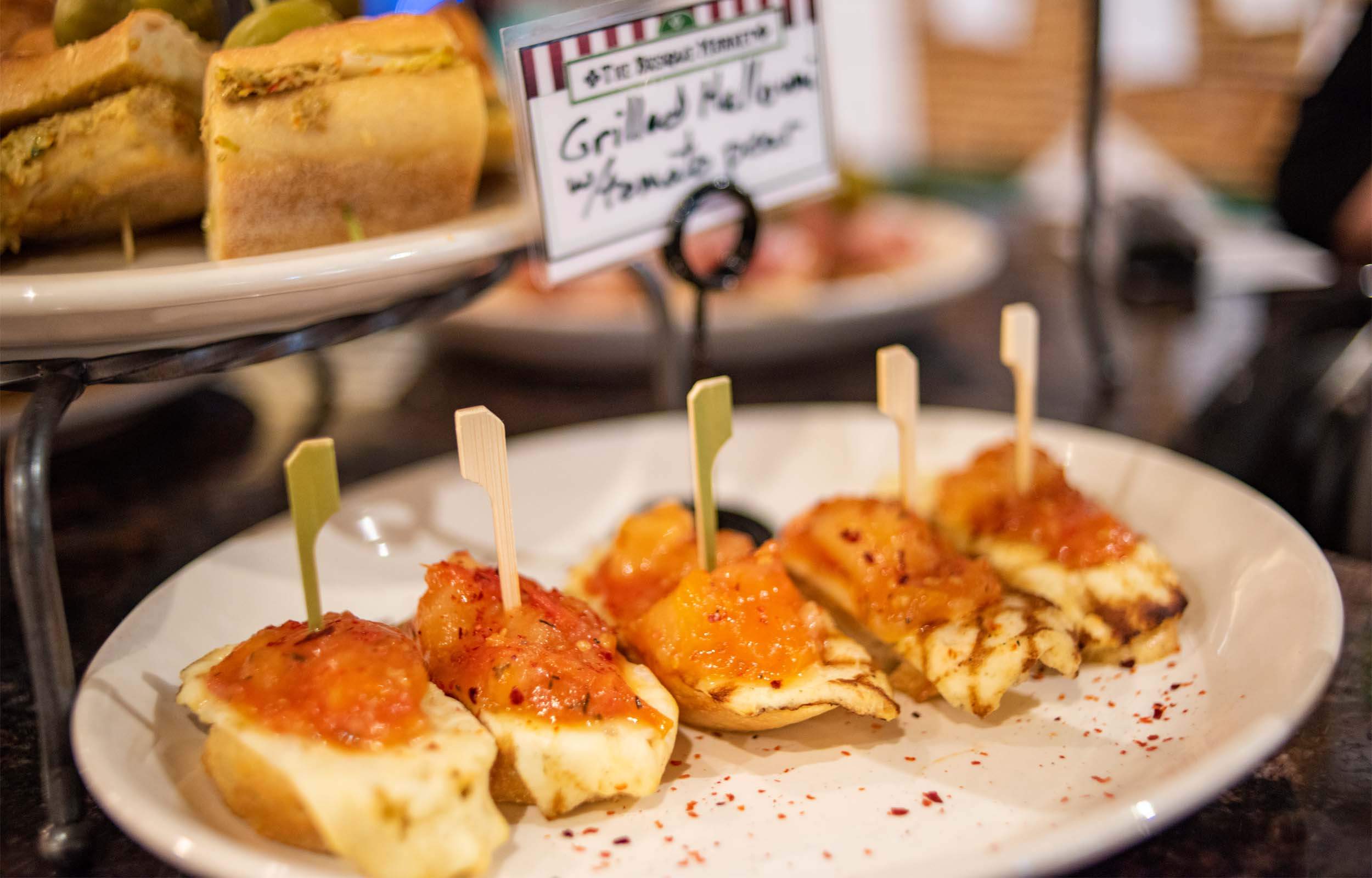
While Jaialdi is a public event that seeks to expose the general Idaho population to Basque culture, it is also a big gathering for Basque Americans. They come to enjoy the food, the dancing, the fun and hopefully to connect with people they know. Families and friends plan reunions.
Jaialdi’s reputation has gained momentum over the decades and Basques from around the world show up to see their heritage on display. Quite a few make the trip from the Basque Country, including the president of the regional government of Euskadi in Spain. Other communities like those in Argentina have been represented at past festivals. For Jaialdi 2015, a group of Basques from Queensland, Australia journeyed to Boise.
Basque people have a historical tradition of helping each other. It likely started in their small towns where help from neighbors was crucial to survival. They have a word for it in Basque: auzolan – community work. The Jaialdi festival is a massive embodiment of this concept, as the event is fully organized by volunteers. All the people who plan Jaialdi for months ahead of time, the people who house the performers from the Basque Country, the people who cook the food, the people who man the booths during the festival — all of them are volunteers. And many of them are not even Basque.
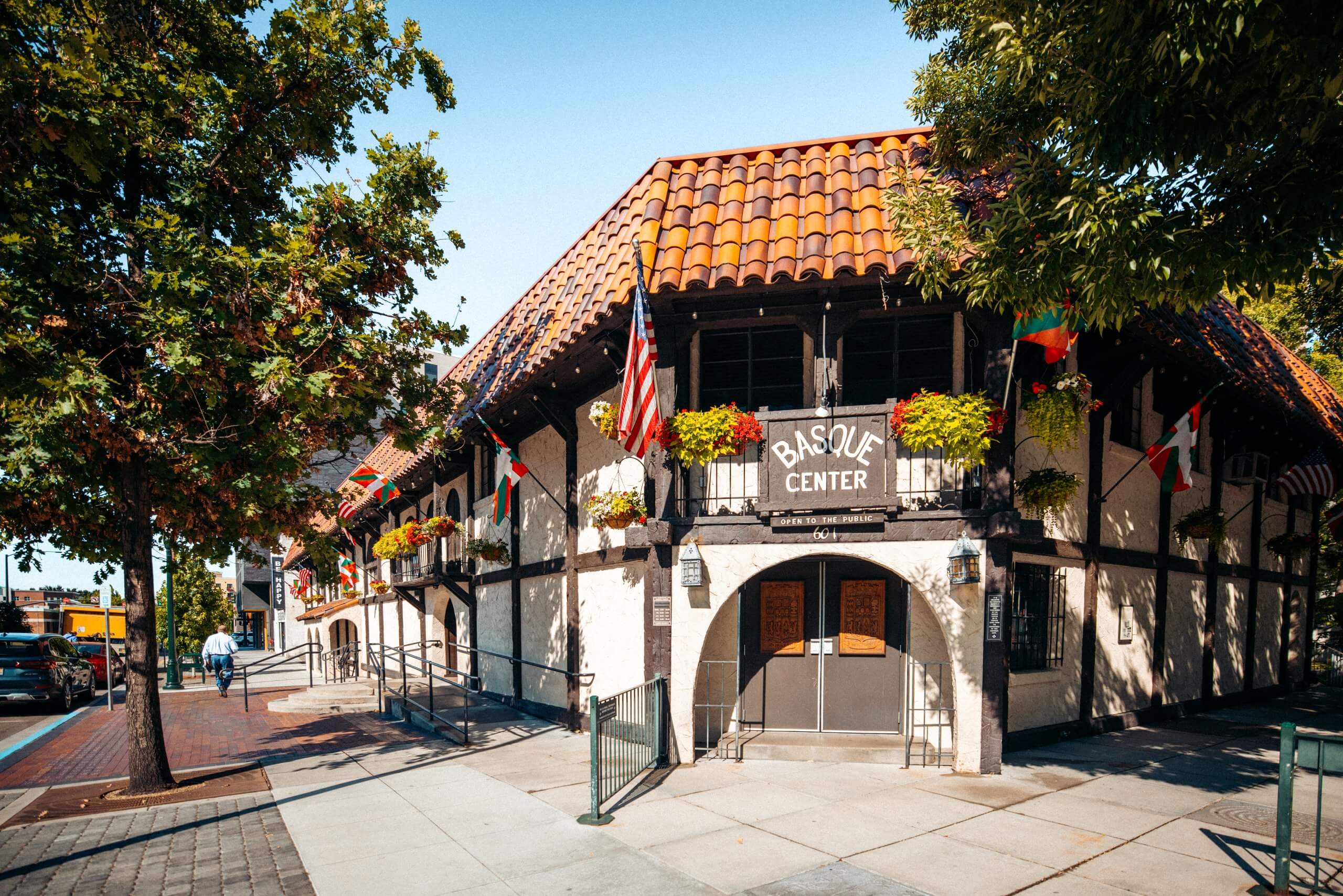
History of the Event
The first Jaialdi Festival was held in 1987 at the Old Idaho Penitentiary. The bands and dancers performed among the old stone edifices that provided a hauntingly beautiful setting. Basques from all over the U.S. who attended, myself included, witnessed dances and moments that recalled a bygone era of small town festivals in the Basque Country.
It was not planned as an event that was going to be repeated. But Idaho’s 100th anniversary was looming and Governor Cecil Andrus wanted help from the Basques for the state’s celebration. He asked them to organize another similar festival, and how could they say no?
So in 1990, they put together a second Jaialdi and it was just as successful as the first. It was clear to the organizers that this was going to be a tradition. Today, it attracts anywhere from 35,000 to 50,000 people.
Feature image credited to Visit Idaho.
Nancy Zubiri is a writer and former English teacher who has published two books on the Basques, including “Jaialdi: A Celebration of Basque Culture.” She’s currently obsessed with learning Basque, her father’s native tongue, and has made three trips to the Basque Country in recent years to practice the language.
Published on July 14, 2025
